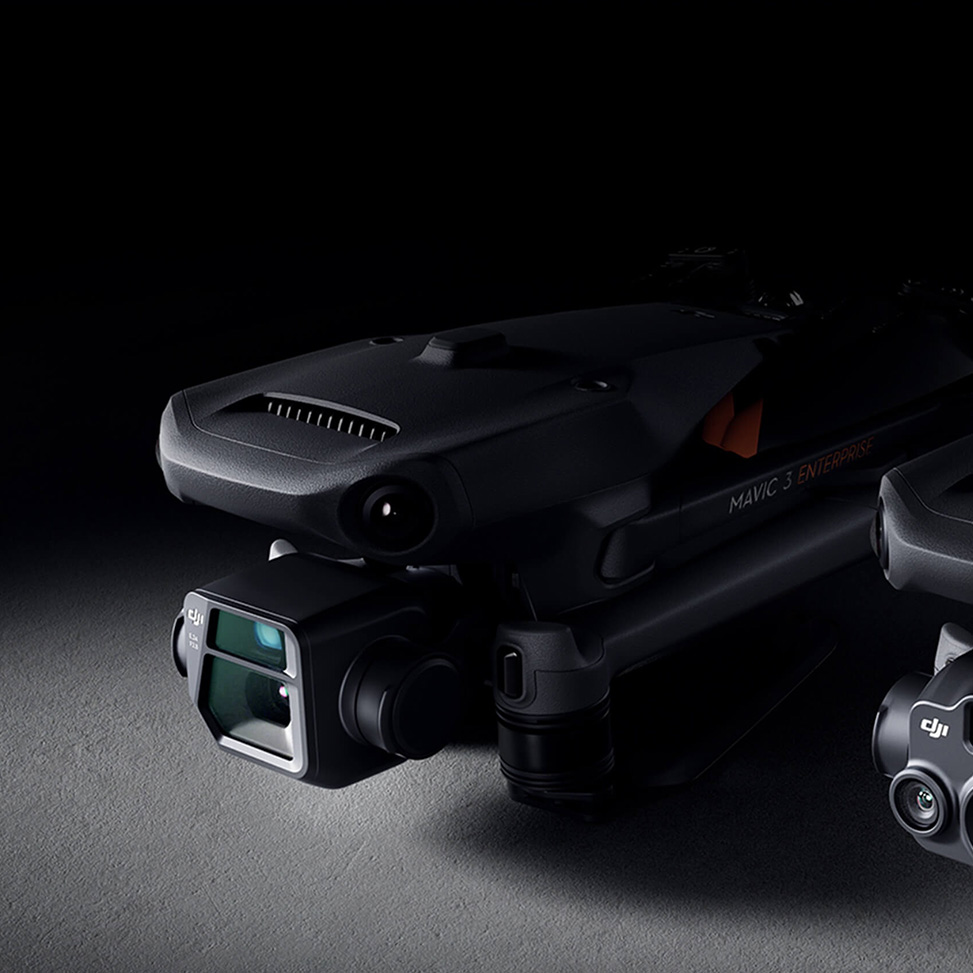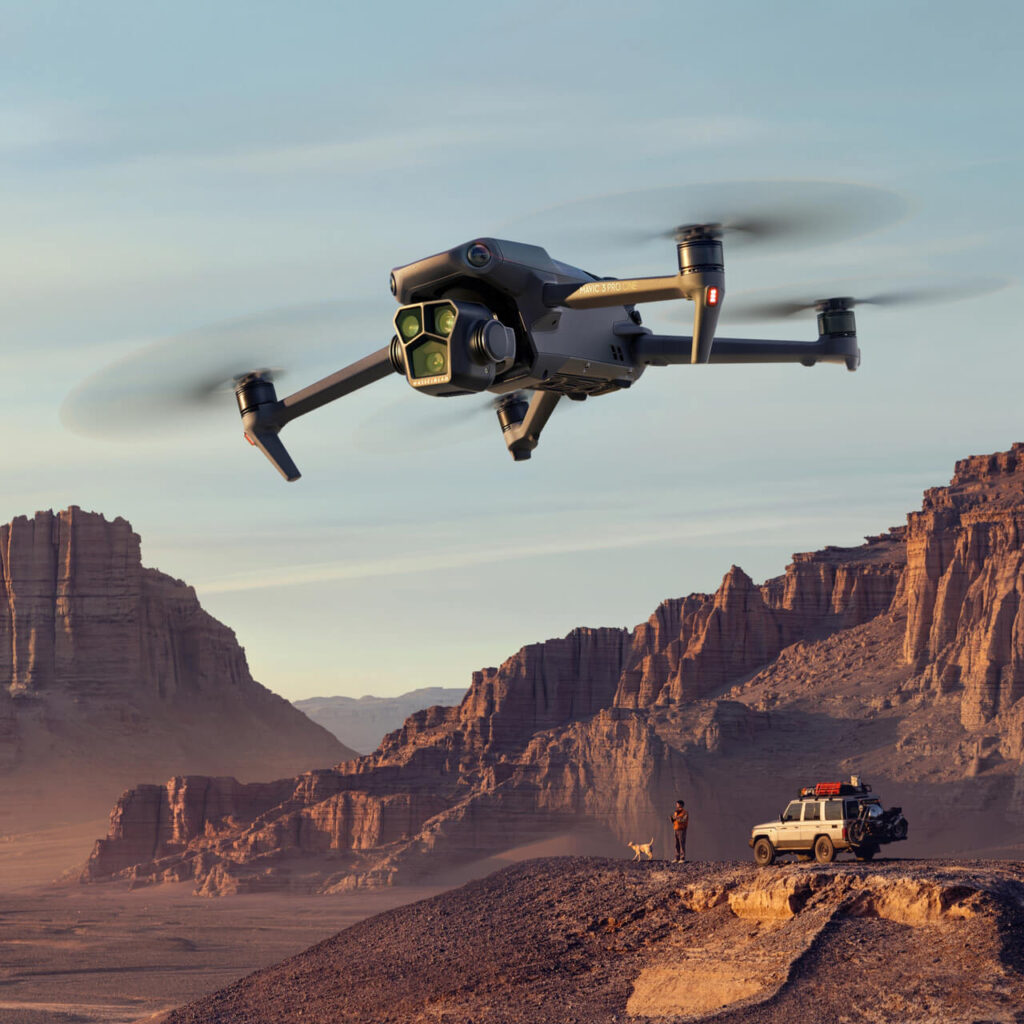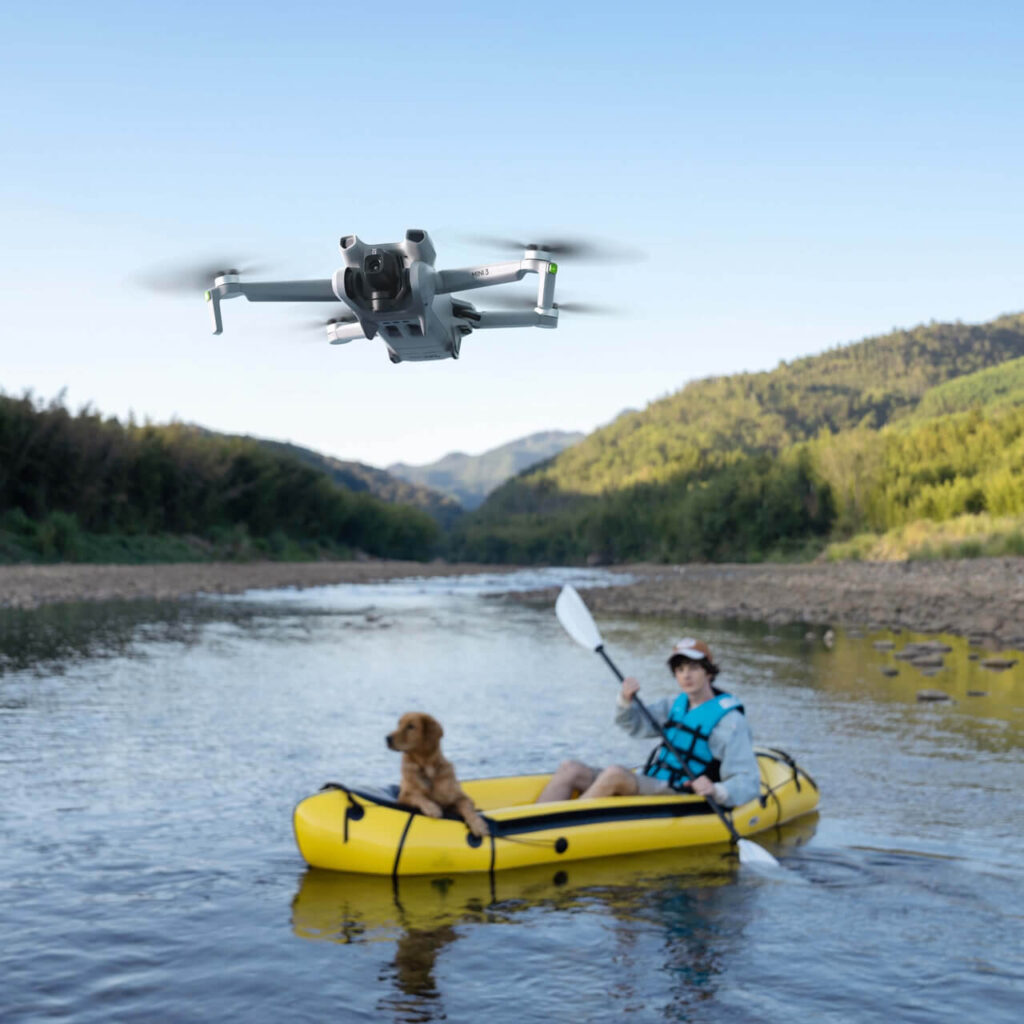Introduction
The rise of drone technology has ushered in a new era of productivity and efficiency for businesses and organizations worldwide. Enterprise drones, also known as industrial or commercial drones, have evolved from being mere gadgets or hobbyist toys to becoming invaluable tools that revolutionize various industries. These unmanned aerial vehicles equipped with advanced capabilities and cutting-edge technology are transforming traditional practices and enhancing operations across diverse sectors. In this comprehensive description, we explore the impact and potential of enterprise drones in shaping the future of productivity and efficiency.
I. Drones in Agriculture
One of the most significant sectors where enterprise drones have made a profound impact is agriculture. Traditional farming practices often involve labor-intensive tasks and face challenges in optimizing resource allocation and maximizing yields. However, drones have emerged as a game-changer in agriculture. Equipped with high-resolution cameras, multispectral and thermal sensors, and advanced imaging technology, drones provide farmers with real-time insights into crop health, soil moisture levels, and pest infestations. With this data-driven approach, farmers can make informed decisions about irrigation, fertilization, and pest control, leading to increased yields, reduced waste, and enhanced sustainability. Enterprise drones have transformed the agriculture landscape, turning farms into smart, data-driven enterprises.

II. Construction and Infrastructure
The construction and infrastructure industries have also experienced a major shift due to the integration of enterprise drones. Surveying large construction sites and infrastructure projects has traditionally been a time-consuming and expensive process. However, drones equipped with LIDAR (Light Detection and Ranging) and photogrammetry capabilities can now create highly detailed 3D maps of construction sites rapidly and accurately. Moreover, drones are used for inspecting tall structures, such as bridges, towers, and rooftops, eliminating the need for risky manual inspections. These applications streamline project management, reduce costs, and improve safety, making construction projects more efficient and effective.
III. Logistics and Transportation
The logistics and transportation sector has embraced the potential of drones to enhance efficiency in the delivery process. E-commerce giants and delivery companies are actively exploring drone-based delivery systems to revolutionize last-mile deliveries. With the ability to navigate through traffic congestion and bypass challenging terrain, drones offer swift and cost-effective delivery options. Their use in remote and hard-to-reach areas ensures faster deliveries, reduces delivery timeframes, and minimizes carbon footprints. As drone technology continues to advance, the logistics and transportation industry is poised for an unparalleled transformation in its operations and customer service.
IV. Energy and Utilities
The energy and utilities sector has also harnessed the power of enterprise drones to improve productivity and efficiency. Inspecting critical infrastructure such as power lines, oil rigs, and wind turbines traditionally involved labor-intensive and hazardous processes. Drones equipped with high-resolution cameras and thermal imaging technology can now perform these inspections safely and efficiently. Timely identification of maintenance needs helps prevent potential failures, reduces downtime, and ensures the safety and reliability of energy infrastructure. The incorporation of drones in this sector exemplifies how advanced technology can enhance productivity while enhancing safety standards.
V. Environmental Monitoring and Conservation
Enterprise drones have found crucial applications in environmental monitoring and conservation efforts. From tracking wildlife populations to assessing deforestation and monitoring water quality, drones provide researchers and conservationists with aerial insights that were once unattainable. This invaluable data aids in evidence-based decision-making for environmental protection and resource management. Drones enable more efficient monitoring of large areas, leading to greater accuracy and cost-effectiveness in conservation efforts.
Conclusion
Enterprise drones have ushered in a new era of productivity and efficiency, transforming industries across the board. From precision agriculture to streamlined logistics, these unmanned aerial vehicles have revolutionized traditional practices and elevated operations to new heights. The integration of advanced technology, such as artificial intelligence, computer vision, and autonomous capabilities, continues to push the boundaries of what drones can achieve. Despite challenges in regulation, privacy, and cybersecurity, the potential benefits of enterprise drones are vast and undeniable. As technology evolves, the horizon for drone applications expands, promising a future where productivity and efficiency in business operations will continue to soar with the help of these remarkable flying machines.




